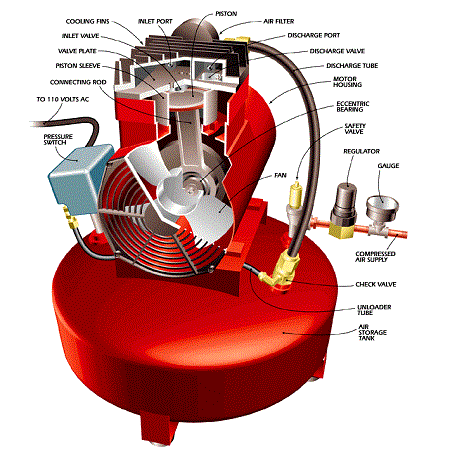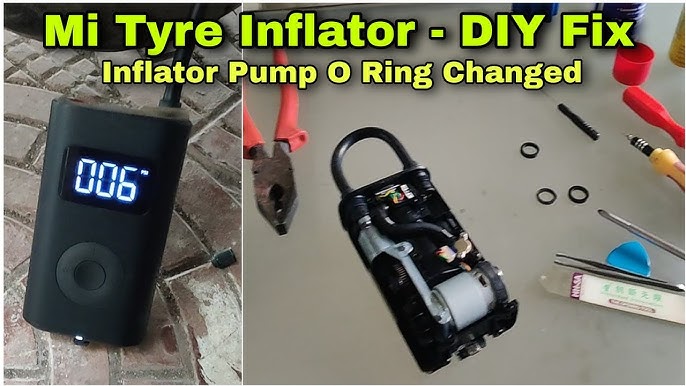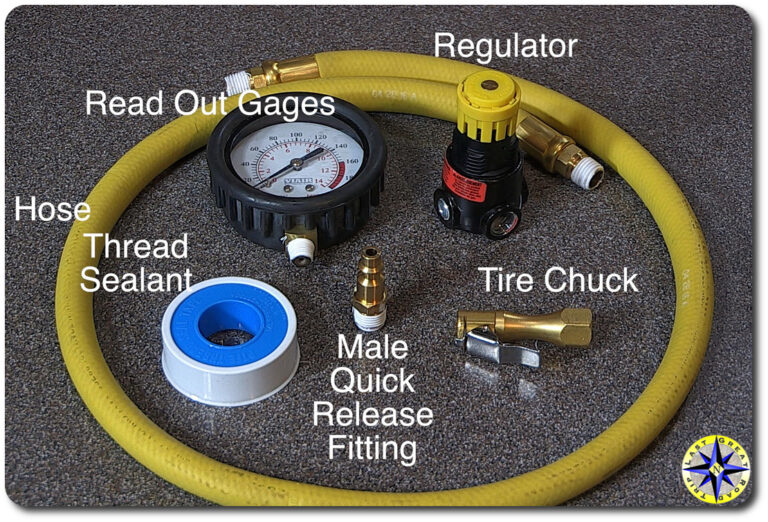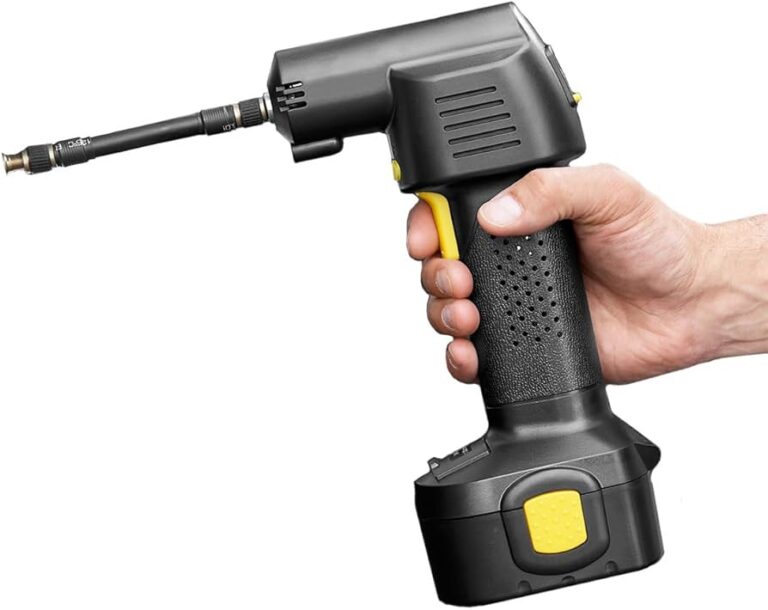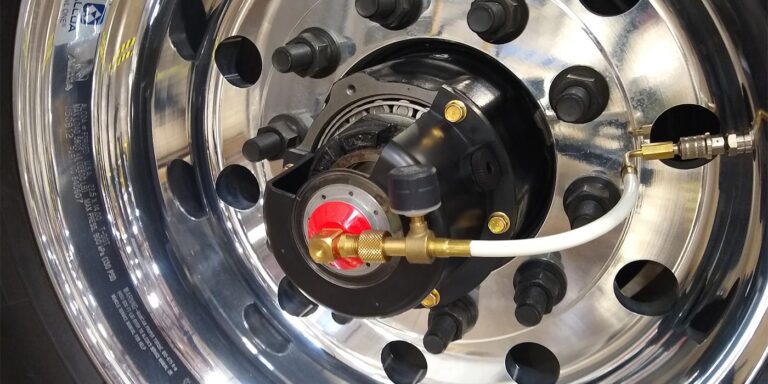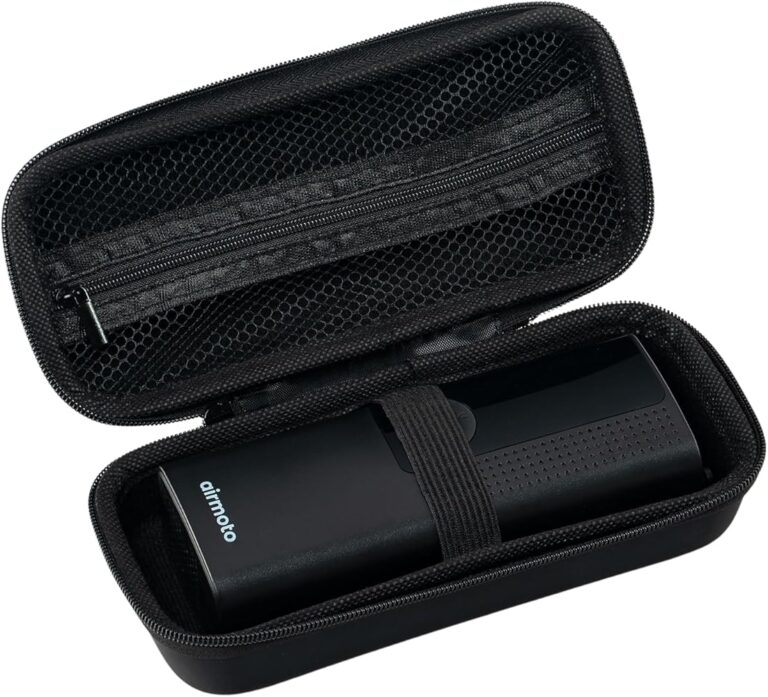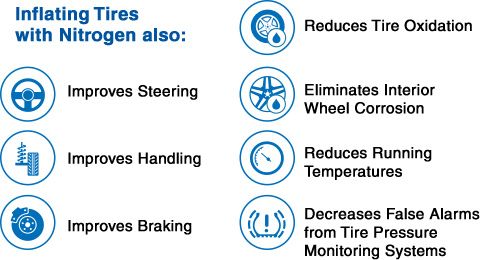How Tyre Inflator Works: Inflate Your Knowledge!
Tyre inflators are essential tools for car owners. They help keep your tyres in good shape. Proper tyre inflation is crucial for safe driving. In this article, we will explore how tyre inflators work. We will also discuss their benefits and types.
What is a Tyre Inflator?
A tyre inflator is a device that pumps air into tyres. It can be manual or electric. Many people use it at home or while traveling. Keeping tyres inflated properly helps with fuel efficiency. It also ensures better handling of the vehicle.
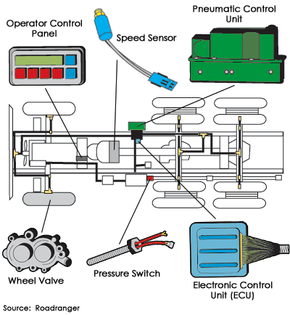
Why Is Tyre Inflation Important?
Proper tyre inflation is vital for several reasons:
- Safety: Under-inflated tyres can burst. This can lead to accidents.
- Fuel Efficiency: Properly inflated tyres improve gas mileage.
- Tread Wear: Correct inflation helps tyres wear evenly.
- Performance: Well-inflated tyres provide better handling.
How Does a Tyre Inflator Work?
Understanding how a tyre inflator works can help you use it better. Here are the basic steps:
1. Power Source
Most tyre inflators need power to work. They can be powered by:
- Electricity: Many inflators plug into a wall socket or car outlet.
- Batteries: Some are portable and run on batteries.
2. Air Compression
Tyre inflators use a pump to compress air. This process creates high pressure. The compressed air is then pushed into the tyre. There are two main types of pumps:
- Piston Pumps: Use a piston to compress air. They are powerful and quick.
- Diaphragm Pumps: Use a flexible diaphragm. They are quieter but slower.
3. Air Hose And Nozzle
The air hose connects the pump to the tyre. A nozzle attaches to the tyre valve. This nozzle opens the valve to let air in. Make sure to check the fit before starting.
4. Pressure Gauge
Many inflators come with a pressure gauge. This gauge shows how much air is in the tyre. You can monitor the pressure while inflating. The ideal pressure is usually found on the driver’s door or in the manual.
Types of Tyre Inflators
There are several types of tyre inflators available:
- Portable Tyre Inflators: Easy to carry and use anywhere.
- Digital Tyre Inflators: Provide accurate readings and automatic shut-off.
- Manual Tyre Pumps: Require physical effort but are reliable.
Benefits of Using a Tyre Inflator
Using a tyre inflator has many benefits:
- Convenience: Inflate tyres anytime, anywhere.
- Cost-Effective: Saves money on fuel and tyre replacements.
- Quick Repairs: Fix flat tyres quickly and easily.
- Increased Lifespan: Well-maintained tyres last longer.
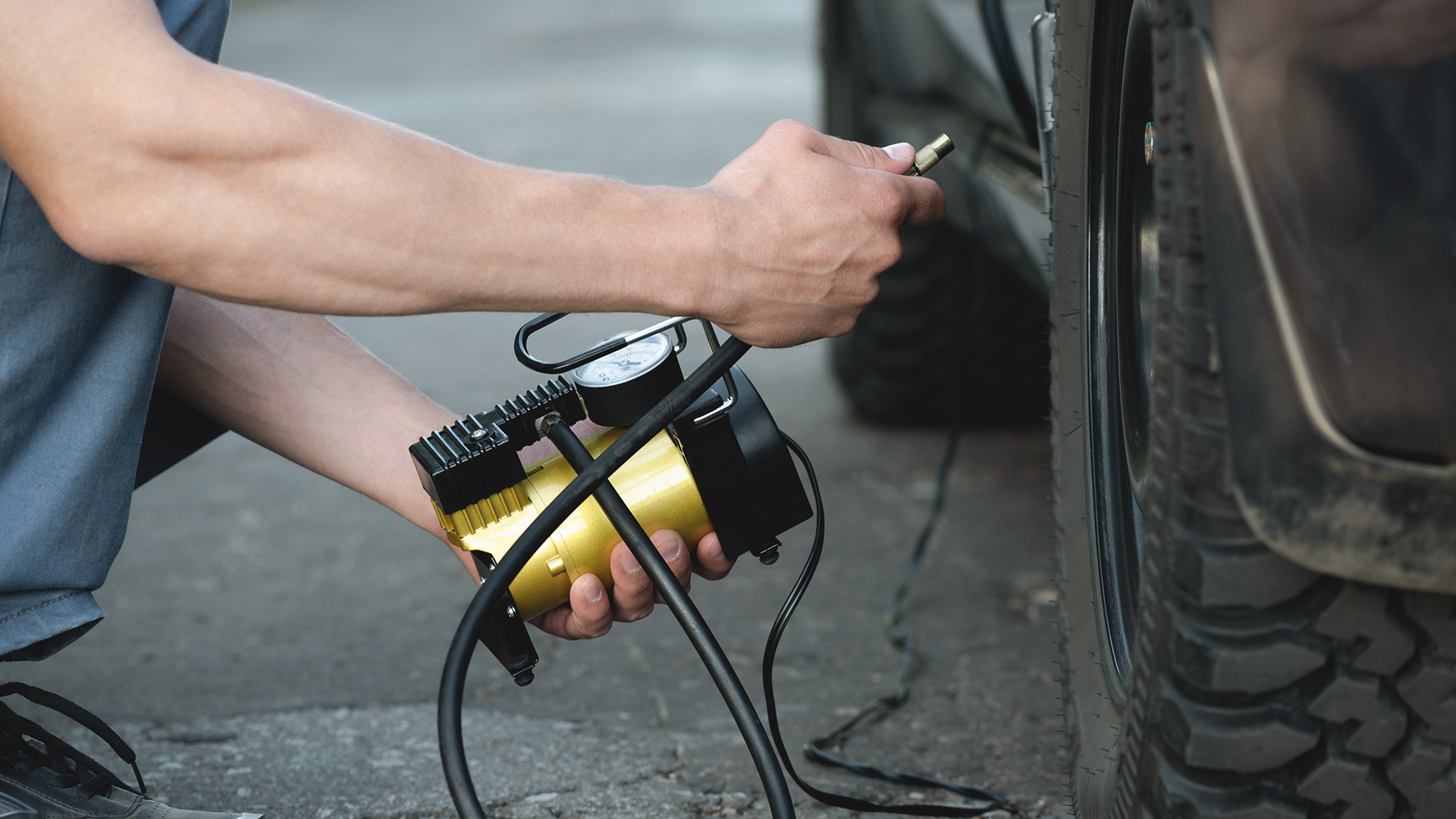
Tips for Using a Tyre Inflator
Here are some helpful tips for using a tyre inflator:
- Check the tyre’s recommended pressure before inflating.
- Attach the nozzle securely to the valve stem.
- Turn on the inflator and monitor the pressure gauge.
- Disconnect the inflator carefully once done.
- Check the tyre pressure again after inflating.
Common Mistakes to Avoid
Here are some common mistakes people make:
- Not checking the pressure before inflating.
- Over-inflating the tyre.
- Using a damaged inflator.
- Ignoring the need for regular checks.
Conclusion
In summary, a tyre inflator is a valuable tool. It helps maintain proper tyre pressure. This, in turn, enhances safety and performance. By understanding how a tyre inflator works, you can ensure a smoother ride.
Remember to keep your inflator handy. Regular checks can save you from unexpected troubles on the road. Stay safe and keep your tyres in great shape!
FAQs About Tyre Inflators
1. How Often Should I Check My Tyre Pressure?
It’s good to check every month or before long trips.
2. Can I Use A Tyre Inflator On All Types Of Tyres?
Yes, they work on most car and bicycle tyres.
3. What Should I Do If My Tyre Won’t Inflate?
Check the nozzle and valve for leaks or damages.
4. Is It Safe To Drive On Under-inflated Tyres?
No, it can lead to accidents and tyre damage.
5. Can I Use An Inflator For A Flat Tyre?
Yes, but only if there are no major damages.

